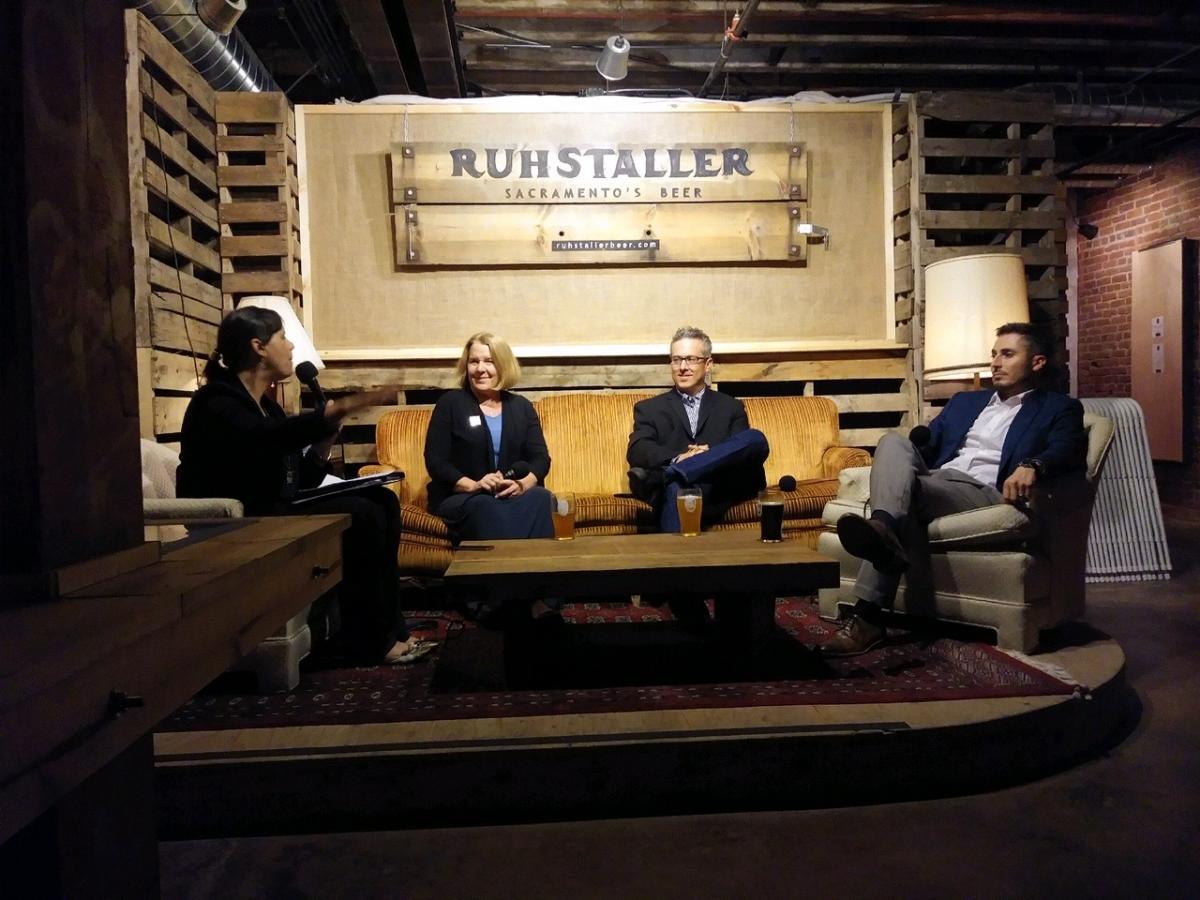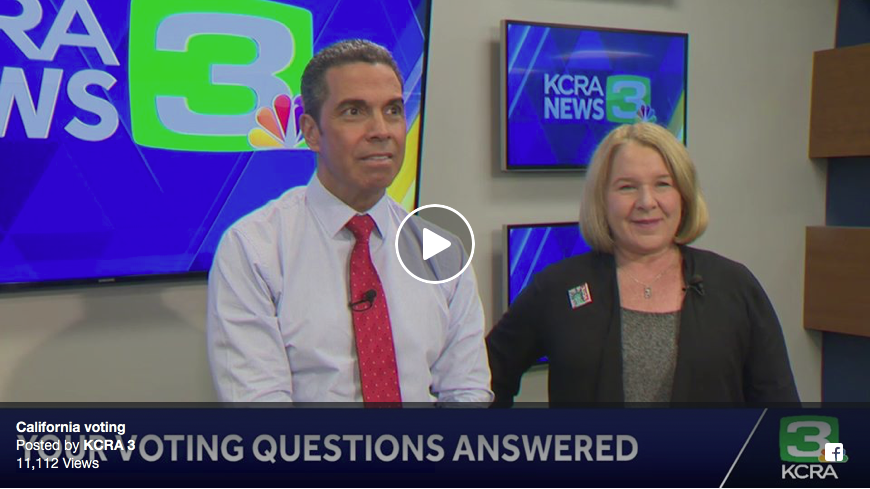Excerpt:
SACRAMENTO, Calif. (KCRA) —
Election Day is here. And, California voters may be making some mistakes that could disqualify their ballot.
Voters were asked to check their voter registration status and their polling sites before Tuesday so they don’t run into problems Election Day.
Kim Alexander, president of the California Voters Foundation, breaks down 5 common mistakes people make when voting:
1) Forgetting to Sign Mail-In-Ballot Envelope
The biggest mistake voters make with their mail-in ballots is they forget to sign and date the envelopes.
If the mail-in ballot envelope is not signed and dated, the ballot cannot be validated.
2) Signature is Mismatched
 On November 8th, two days after the November General Election, CVF president Kim Alexander participated in a candid post-election discussion hosted by California Groundbreakers at Ruhstaller Brewing in downtown Sacramento. A podcast of the event is available online.
On November 8th, two days after the November General Election, CVF president Kim Alexander participated in a candid post-election discussion hosted by California Groundbreakers at Ruhstaller Brewing in downtown Sacramento. A podcast of the event is available online. 

 On Election Eve, CVF President Kim Alexander joined KCRA TV News anchor Gulstan Dart on Facebook Live to answer last-minute voting questions. (
On Election Eve, CVF President Kim Alexander joined KCRA TV News anchor Gulstan Dart on Facebook Live to answer last-minute voting questions. (